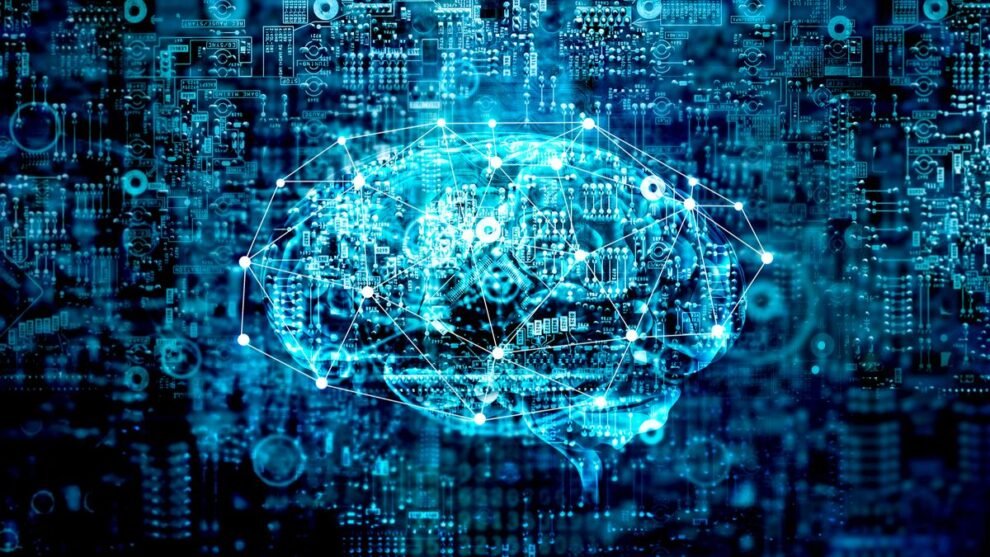Reservoir computing is emerging as a powerful new approach within the field of artificial intelligence (AI). This technique draws inspiration from how the brain processes information, offering a distinct method for tackling complex tasks. As reservoir computing gains traction, it’s important to understand its potential and the roadblocks it may face.
Key Highlights:
- Efficiency: Reservoir computing systems learn quickly and use less energy than traditional AI models.
- Real-time processing: Ideal for analyzing data streams like financial markets or weather patterns.
- Complex tasks: Can handle tasks that are difficult for conventional neural networks.
- Hardware challenges: Finding the best physical materials to build reservoir computers is ongoing.
- Theoretical understanding: More research is needed to fully unlock reservoir computing’s potential.
What is Reservoir Computing?
Traditional artificial neural networks are meticulously designed, with layers of artificial neurons meticulously connected to learn from data. Reservoir computing flips this concept. It uses a large, randomly connected network of artificial neurons called a “reservoir.” Only the connections leading out of the reservoir are adjusted during training. This simplified method offers surprising advantages.
Opportunities in Reservoir Computing
- Speed and Energy Efficiency: The simple training process in reservoir computing means it can learn incredibly quickly, even on less powerful hardware. This translates to significant potential energy savings.
- Handling Time-Series Data: Reservoir computing excels at analyzing data that changes over time, making it valuable for applications like stock market prediction, weather forecasting, and speech recognition.
- Tackling Complexity: Reservoir computing systems may prove more adept at handling noisy or chaotic data that traditional neural networks struggle with.
Hardware Advancements
- Photonic Reservoir Computing: Utilizing light instead of electrical signals for computation promises ultrafast processing speeds and even lower energy consumption. Research into optimal materials and configurations is in progress.
- Memristors: These emerging components with ‘memory’ properties have shown promise for building physical reservoirs. Memristor-based reservoir computers could lead to compact and highly efficient AI systems.
Challenges Facing Reservoir Computing
- Optimal Hardware: Researchers are still exploring the ideal materials and setups for building physical reservoir computers. Photonic (light-based) systems offer promise, but finding optimal materials and designs is a key challenge.
- Theoretical Gaps: While reservoir computing displays impressive performance, a deeper theoretical understanding is needed. This will help optimize these systems and reveal their full potential.
Theoretical Developments
- Understanding Dynamics: Researchers are working on a deeper theoretical foundation for the behavior of reservoir computers. This understanding could lead to the design of better reservoirs and more effective training algorithms.
- Hybrid Approaches: Combining reservoir computing with traditional deep learning methods may offer the best of both worlds, tackling even more complex problems with greater efficiency.
The Future Outlook
Reservoir computing holds the potential to transform the artificial intelligence landscape. Its unique approach might enable breakthroughs in these areas:
- Embedded AI: The energy efficiency of reservoir computing could bring sophisticated AI to small, low-power devices.
- Robotics: Reservoir computers may give robots the ability to react and adapt to their environments in real time.
- Scientific Modeling: Reservoir computing could aid in modeling complex systems, from climate patterns to biological processes.



















